Memories of Doctor Strange: A Nostalgic Look At The Comics That Made Me
So we're in the 1970s, I'm a wide-eyed kid with a stack of comic books clutched to my chest, and Doctor Strange is about to blow my mind. Again. Back then those psychedelic adventures of the Master of the Mystic Arts weren't just comics to me - they were portals to other dimensions, gateways to the infinite! They were the spark that ignited a lifelong obsession with the weird and wonderful world of comics in general, and Stephen Strange, the Sorcerer Supreme, in particular. Join me as I take a nostalgic jaunt back to that magical time (pun intended) when I was firmly under the spell of the master of the magic arts.
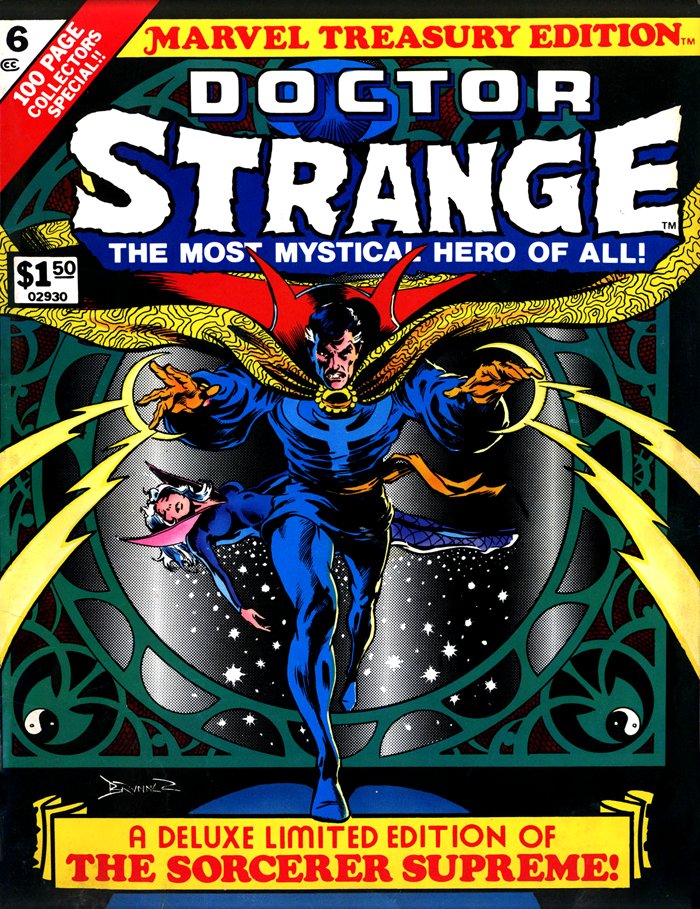
The Solo Series That Changed Everything
1974 was a game-changer. Doctor Strange finally got his own solo series, "Doctor Strange: Master of the Mystic Arts," and boy, did it deliver. No more sharing the spotlight or cramming epic mystical battles into backup stories. This was Strange unleashed, ready to explore the far corners of reality and push the boundaries of what comics could do.

Legendary Creative Teams
The creative teams behind these mind-bending tales? Absolute legends. Steve Englehart and Frank Brunner kicked things off with a run that still gives me goosebumps. Their stories weren't just adventures - they were cosmic journeys that made you question the nature of reality itself. Englehart's writing brought a depth and complexity to Strange's world that was light years beyond your average superhero punch-up. And Brunner? His art was nothing short of revolutionary. Those sprawling, elegant layouts and neo-gothic details transported you to beautiful and terrifying places.
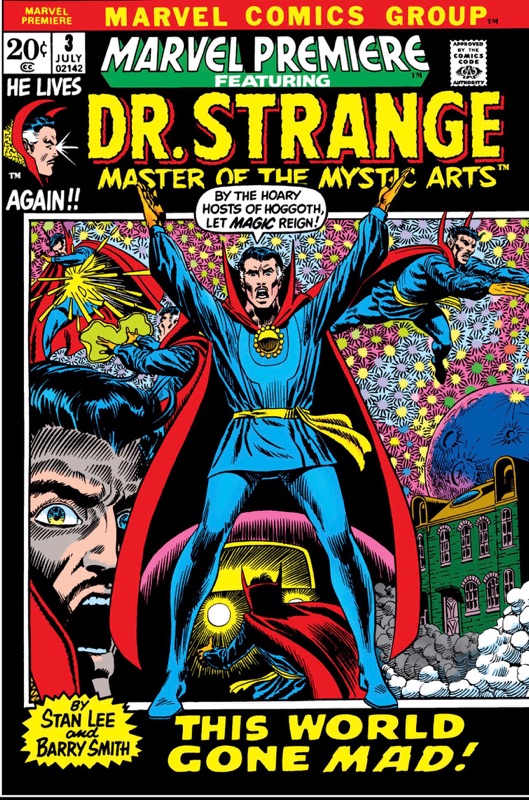
But let's not forget Gene Colan and Tom Palmer, the dynamic duo who defined Strange's look for much of the decade. Colan's moody, atmospheric style was perfect for capturing the eerie otherworldliness of Strange's magical realms. And Palmer's inks? They added a richness and depth that made every panel pop. Together, they created visuals that were literally mind-altering - no illicit substances required (though rumor has it some creators found, shall we say, "inspiration" in unconventional places).
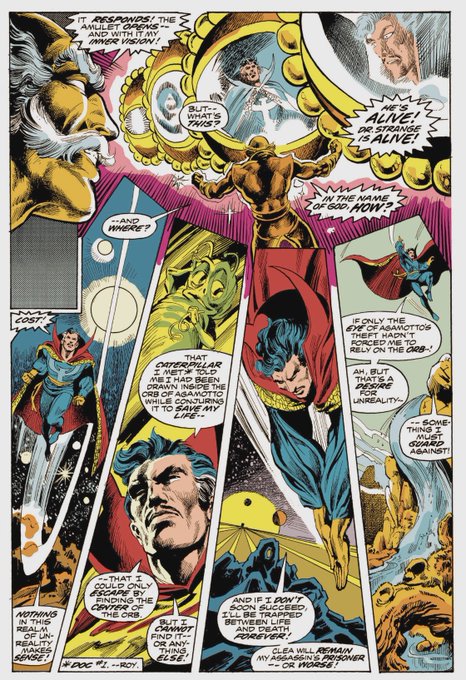
The Sise-Neg Saga: Pushing Boundaries
Speaking of mind-altering, let's talk about that Sise-Neg storyline. Holy interdimensional madness, Batman! Englehart and Brunner took us on a time-traveling trip that culminated in the literal creation of the universe. Yeah, you read that right. Doctor Strange and Baron Mordo chasing a sorcerer from the future who ends up becoming, well... God. It was heady stuff that pushed way beyond what anyone thought comics could do.
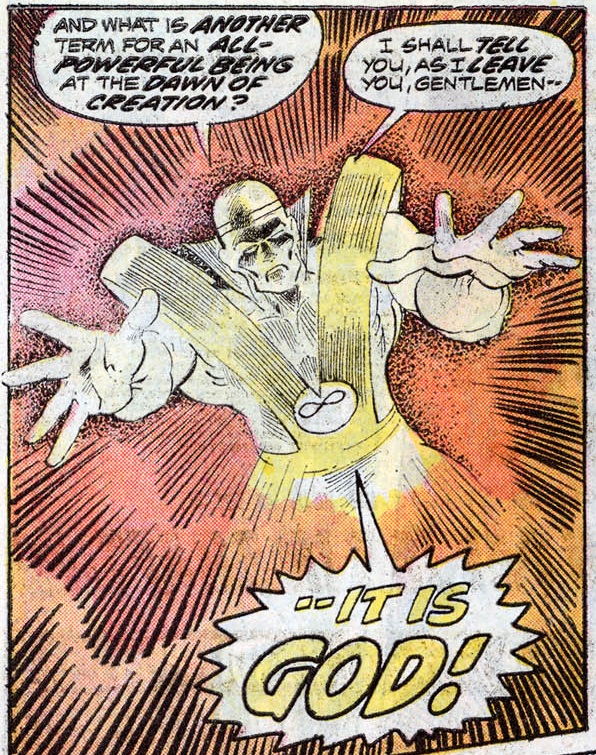
Now, I've got to tell you about the behind-the-scenes drama with this one. Apparently, Stan Lee nearly had a heart attack when he saw the published issues. He was worried about offending religious readers and wanted a retraction printed. But Englehart and Brunner? These mad geniuses cooked up a scheme worthy of the Sorcerer Supreme himself. They wrote a fake letter praising the story from a "Reverend Billingsley" in Texas, complete with an authentic postmark. Marvel bought it hook, line, and sinker, and the retraction was scrapped. Talk about magical misdirection!
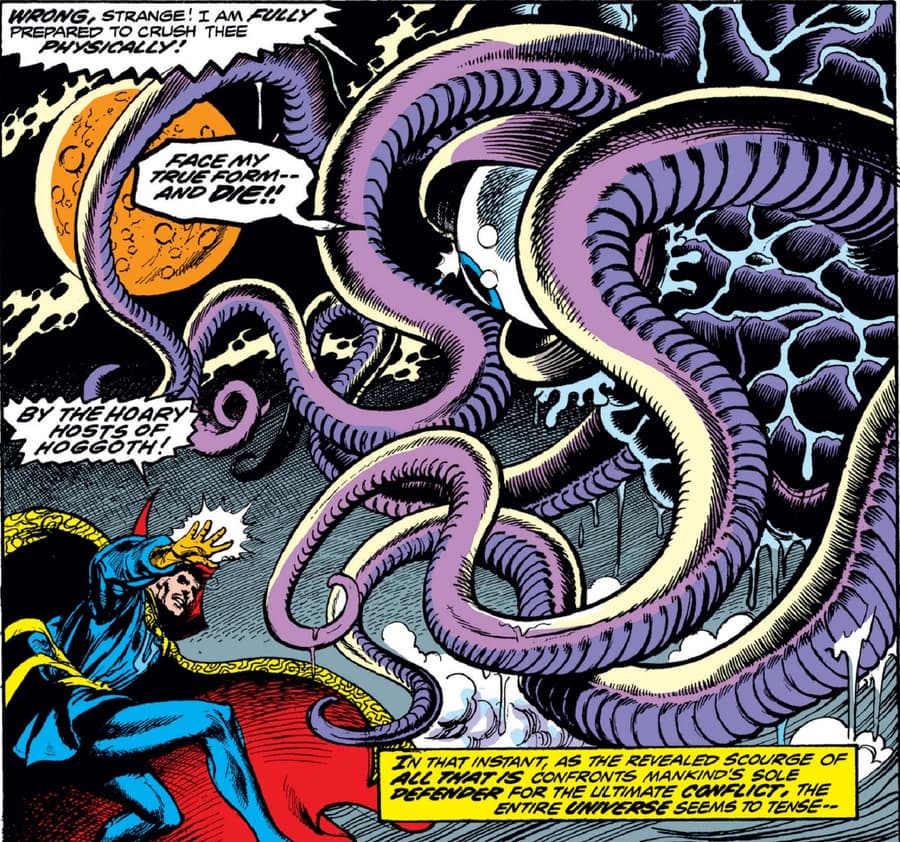
Character Growth and Depth
But it wasn't all cosmic craziness. The '70s saw Strange grow as a character in ways that made him more relatable than ever. We watched him grapple with the immense responsibilities of being Sorcerer Supreme, a title he officially claimed in Marvel Premiere #10. It wasn't just about cool spells and interdimensional throwdowns anymore. Strange had to face tough moral choices, confront his own limitations, and balance his mystical duties with his background as a man of science.
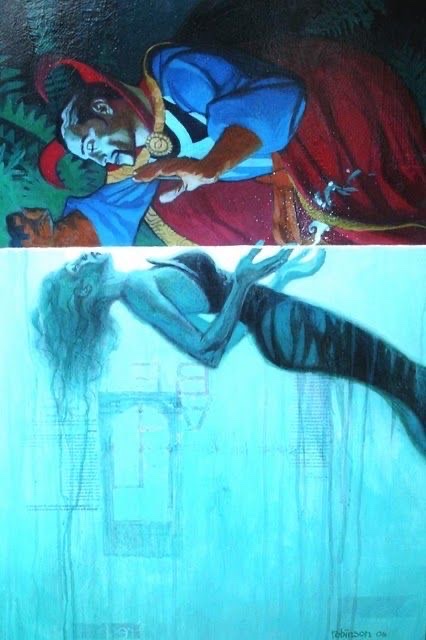
His relationships deepened too. Clea, his disciple and love interest, became more than just a damsel in distress. We learned about her connection to the Dark Dimension and her complicated family tree (being Dormammu's niece? Talk about awkward holiday dinners). Wong, Strange's loyal friend and assistant, got some much-needed character development. These weren't just supporting characters anymore - they were an integral part of Strange's world and his growth as a hero.
The Birth of the Defenders
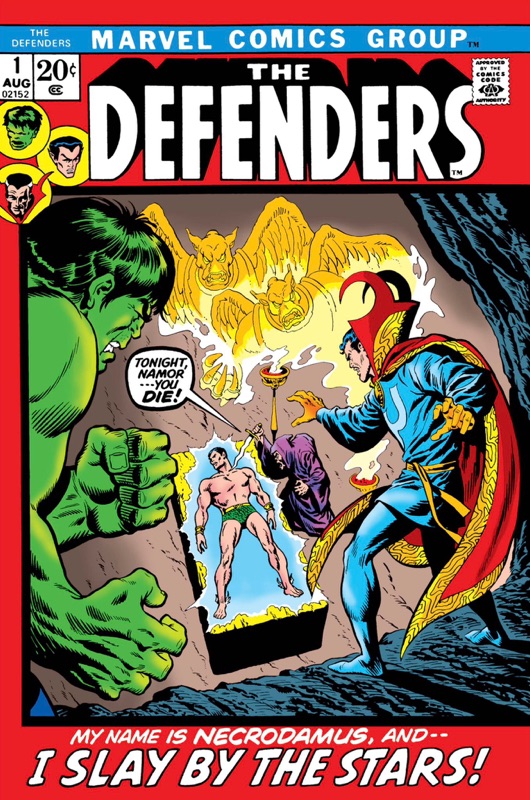
And let's not forget the Defenders! In 1971, Doctor Strange became a founding member of this "non-team" of powerhouse loners. The Defenders of this era remain my absolute favorite comic book group mag ever. Teaming up with Namor the Sub-Mariner, the Hulk, and the Silver Surfer (and later Valkyrie, Nighthawk, Hellcat, The Gargoyle, Red Guardian, and a host of others) to save reality on the regular? It was a match made in comic book heaven. Strange as the de facto leader of this group of misfits added a new dimension to his character, forcing him to work with others and sometimes rein in his more esoteric tendencies.
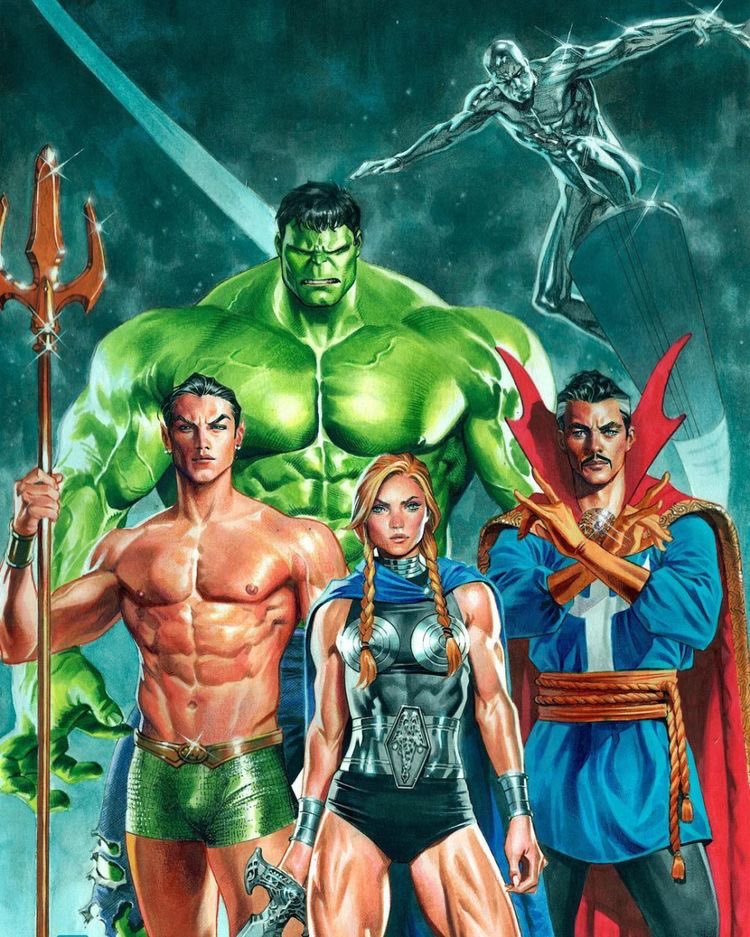
Villains and Cosmic Threats
The villains during this era? Absolutely top-notch. Nightmare, Baron Mordo, and Dormammu were all elevated from simple baddies to complex adversaries with their own motivations and backstories. And the new threats introduced were on a whole other level. We're talking reality-warping cosmic entities and beings that could reshape the universe with a thought. It made every Doctor Strange story feel like it had universe-shattering stakes.
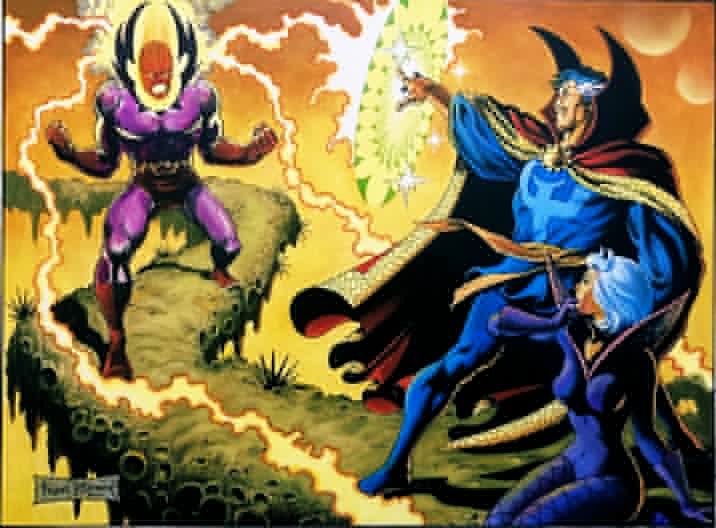
Embracing the Weird
But what really set Doctor Strange apart in the '70s was how it embraced the weird. While other heroes were stuck dealing with bank robbers and alien invasions, Strange was exploring the furthest reaches of reality. The Dark Dimension, Nightmare's realm, the domain of Eternity - these weren't just cool backdrops, they were fully realized mystical planes brought to life with some of the trippiest artwork ever put to paper.
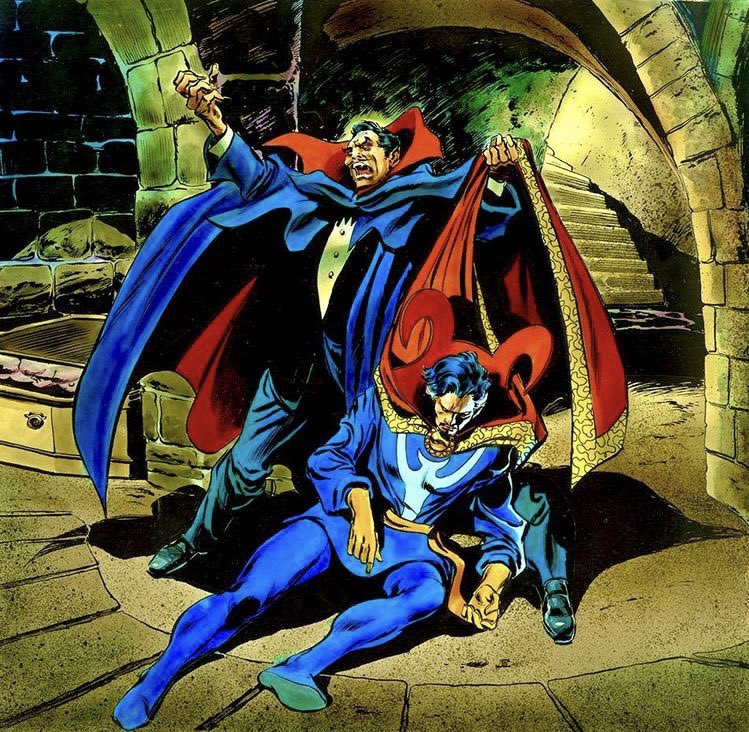
Philosophical Depth and Metaphysical Exploration
This was the era that solidified Doctor Strange as Marvel's go-to character for mind-bending philosophical concepts and metaphysical exploration. We're talking stories that delved into the nature of reality, the concept of self, and humanity's place in the grand cosmic scheme. Heavy stuff for a comic book, but it's what made Doctor Strange resonate so deeply with readers looking for more than just capes and tights.
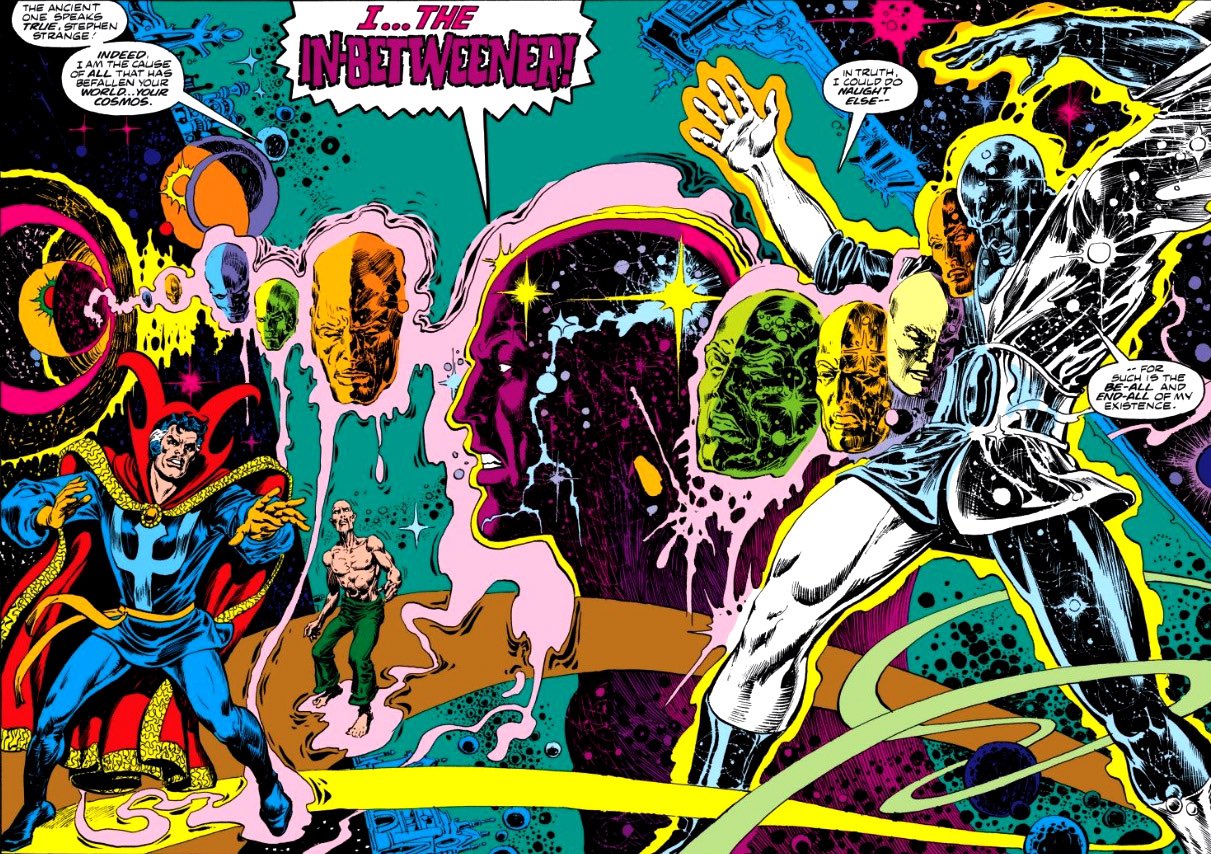
Building a Magical Mythology
The magical mythology built up during this time was nothing short of staggering. The Eye of Agamotto, the Cloak of Levitation, the Book of the Vishanti - each of these artifacts got fleshed-out histories and powers that made them characters in their own right. The wider community of magic users in the Marvel Universe was explored, giving us a sense of Strange's place in a larger mystical world. And concepts like the Mystic Arts, astral projection, and dimensional travel were explained with a pseudo-scientific flair that made them feel almost plausible.
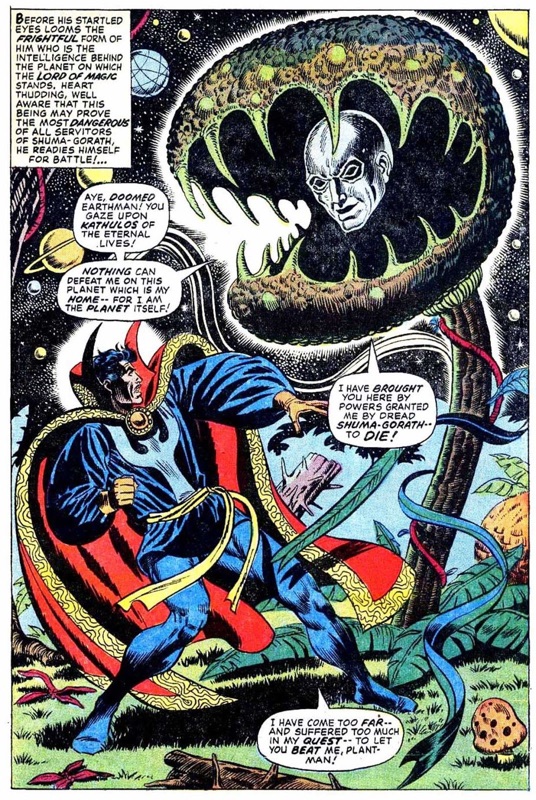
A Counterculture Icon
It's no wonder Doctor Strange developed a cult following during this time, especially on college campuses. The psychedelic visuals and themes of mysticism aligned perfectly with the counterculture movement. Strange wasn't just a superhero - he was a gateway to expanding your mind and exploring new ways of thinking. Hell, even Pink Floyd put him on an album cover!
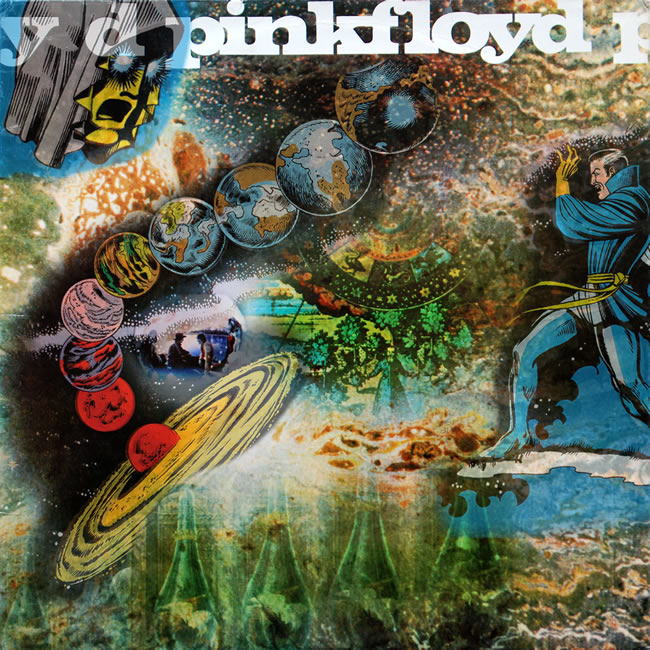
The Golden Age of Doctor Strange
Looking back, it's clear that the '70s were a golden age for Doctor Strange. The combination of innovative storytelling, groundbreaking artwork, and a willingness to tackle big ideas created a perfect storm of comic book creativity. These stories didn't just entertain - they challenged readers, expanded the boundaries of the medium, and transformed the basic tenets of the Marvel Universe.
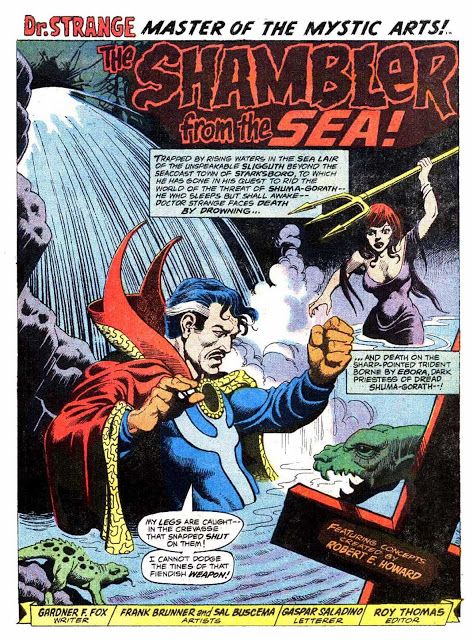
A Tribute to the Creators
To the creators who made it all possible - Steve Englehart, Frank Brunner, Gene Colan, Tom Palmer, and all the others who contributed to Strange's mystical tapestry - I owe you a debt of gratitude. You didn't just give me cool comics to read as a kid. You opened my eyes to new possibilities, sparked my imagination, and showed me that there's magic in the world if you know where to look.
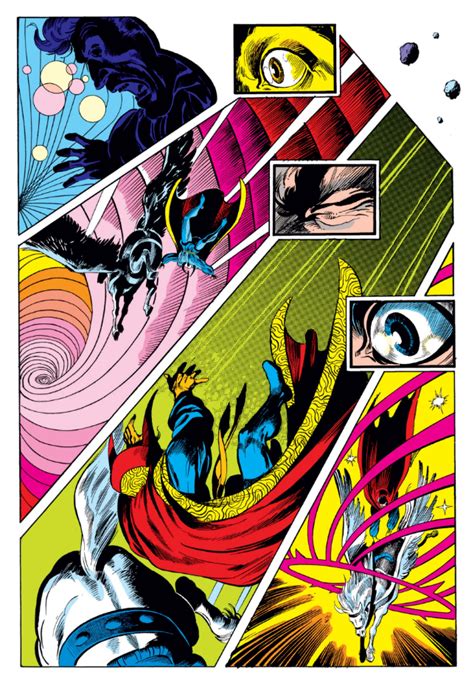
The Enduring Legacy
Every time I crack open one of those '70s Doctor Strange issues, I'm transported back to that wide-eyed kid, marveling at the endless possibilities of the mystic arts. The artwork still takes my breath away, the stories still challenge my perceptions, and the character of Stephen Strange continues to inspire. These comics weren't just entertainment - they were a transformative experience that shaped my love for the medium and my appreciation for the strange and mysterious.
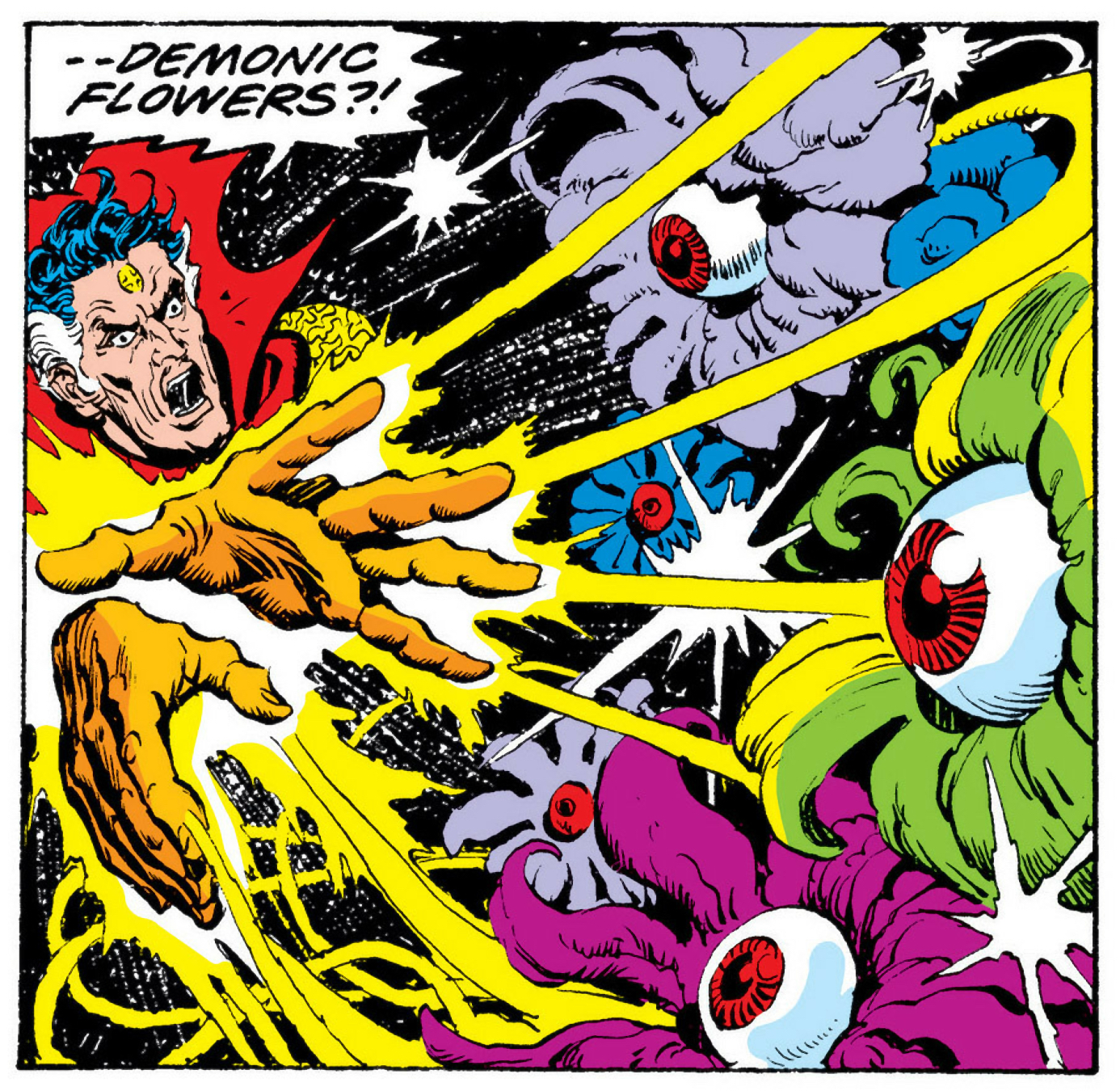
So here's to Doctor Strange, the Sorcerer Supreme who ruled the '70s with mystical might and mind-bending majesty. May your astral form never fade and your Eye of Agamotto never dim. By the Hoary Hosts of Hoggoth, those were some damned fine comics.







Comments
Post a Comment